- No products in the cart.
Ekurohol caps. 250mg 100 pcs
$26.93
Ekurohol caps. 250mg 100 pcs
SKU: 2108633593 Categories: Digestive tract, Hepatoprotectors, Medicaments Tags: OZONE BRANDS, ursodeoxycholic acid
Description
Composition
Active substance:
ursodeoxycholic acid – 250.00 mg.
Excipients:
Corn Starch – 73.00 mg Colloidal silicon dioxide – 5.00 mg magnesium stearate – 2.00 mg.
Capsule cap titanium dioxide – 2.0000% colorant ferric oxide black – 0.0500% gelatin – up to 100%.
Description:
hard gelatin capsules №0. Body in white opaque, light gray opaque cap. Capsule contents – mixture of powder and granules of white or almost white color. Permitted sealing of capsules in lumps, easily destroyed when pressed.
Product form:
Capsules 250 mg.
10 capsules in blisters of PVC film and aluminum foil printed patent.
Or
At 100 capsules banks of PET for drugs sealed with lids screw-with the control of the first opening or the system “push-turn” of polypropylene or polyethylene or banks polypropylene for drugs sealed with lids tensioned to control the first polyethylene autopsy or banks polypropylene for medicaments means sealed with lids tensioned to control the first opening of the high-pressure polyethylene.
One can or contour cell packs 10 together with instructions for use placed in a cardboard box (pack).
Equipment is allowed to 2 or 3 cartons (packs) in multipacks (transportation) of paperboard for consumer packaging.
Contraindications
– increased sensitivity to the drug;
– rentgenopolozhitelnye (high calcium) gallstones;
– not functioning gallbladder;
– acute inflammatory diseases of the gall bladder, bile ducts and intestine, Crohn’s disease;
– cirrhosis decompensated;
– expressed human kidney, liver, pancreas;
– complete obstruction of the biliary tract;
– bile-gastrointestinal fistula;
– frequent biliary colic;
– lactation;
– children up to three years (not recommended for use in the dosage form).
Ursodeoxycholic acid has no age restrictions in the application, but for children under 3 years of use the drug as a suspension, as there may be difficulty swallowing capsules.
CAREFULLY
Children from 3 years of age (possibly difficulty swallowing capsules).
Dosage
250 mg
Indications
– the dissolution of small and medium-sized stones with cholesterol functioning gall bladder;
– prevention of recurrence of stone formation after cholecystectomy;
– biliary reflux gastritis and reflux esophagitis;
– primary biliary cirrhosis with no signs of decompensation (symptomatic treatment);
– chronic hepatitis of various genesis;
– acute hepatitis;
– primary sclerosing cholangitis;
– the dissolution of small and medium-sized stones with cholesterol functioning gall bladder;
– prevention of recurrence of stone formation after cholecystectomy;
– biliary reflux gastritis and reflux esophagitis;
– primary biliary cirrhosis with no signs of decompensation (symptomatic treatment);
– chronic hepatitis of various genesis;
– acute hepatitis;
– primary sclerosing cholangitis;
Interaction with other drugs
Cholestyramine, colestipol, antacids that contain aluminum hydroxide or smectite (aluminum oxide), reduce the absorption of UDCA in the intestine and thereby reduce its absorption and efficacy. If the use of preparations containing at least one of these substances is still necessary, they must be taken at least 2 hours before dosing.
Ursodeoxycholic acid can enhance cyclosporine absorption from the intestine. Therefore, in patients receiving cyclosporine, your doctor should check the concentration of cyclosporine in the blood and, if necessary, adjust the dose.
In some cases, the drug can reduce the absorption of ciprofloxacin.
Lipid-lowering drugs (particularly clofibrate), estrogens, progestins, or neomycin increased saturation of bile with cholesterol and may reduce the ability of the drug to dissolve cholesterol gallstones.
Overdose
In case of overdose can cause diarrhea. In the case of overdose symptomatic treatment.
pharmachologic effect
Pharmacological group:
hepatoprotective agent
Pharmacodynamics:
Hepatoprotective agent has choleretic effect. Decreases cholesterol synthesis in the liver, its absorption in the intestine and bile concentration raises the solubility of cholesterol in the biliary system, stimulates the formation and excretion of bile. Decreases lithogenicity bile, it increases the content of bile acids.
Causes an increase in gastric and pancreatic secretion, enhances the activity of lipase. It has a hypoglycemic effect. Causing partial or complete dissolution of cholesterol stones when taken orally, reduces the saturation of bile with cholesterol, which contributes to the mobilization of cholesterol gallstones. Has immunomodulatory effects, influences the immunological reaction in the liver: decrease the expression of certain antigens on the membrane of hepatocytes, affects the amount of T-lymphocytes, interleukin-2, reduces the number of eosinophils.
Pharmacokinetics:
After ingestion ursodeoxycholic acid is rapidly absorbed in the jejunum and in the proximal ileum by passive diffusion, and distal ileum – due to active transport. It absorbed approximately 60-80%. After absorption of bile acid conjugates is almost completely in the liver with glycine and taurine, and excreted in the bile. The first passage through the liver is metabolized to 60%.
Depending upon the daily dosage, kind of disease or condition in liver bile accumulates a larger or smaller number of ursodeoxycholic acid. At the same time there is a relative decrease in the content of other more lipophilic bile acids.
Under the action of intestinal bacteria ursodeoxycholic acid is partially destroyed to form a 7-keto lithocholic acid and lithocholic. Lithocholic acid hepatotoxicity in certain species of animals it causes damage to liver parenchyma. In humans, it is absorbed only in small quantities, sulfated in the liver and thus detoxifies before excretion into the bile and elimination in feces. The half-life of ursodeoxycholic acid is 3.5-5.8 days.
Pregnancy and breast-feeding
The drug can be used during pregnancy only if the potential benefit of its application to the mother outweighs the potential risk to the fetus. on the allocation data of ursodeoxycholic acid in breast milk are not available. If necessary, use UDCA lactation discontinue breastfeeding.
Conditions of supply of pharmacies
Prescription.
side effects
The frequency of adverse reactions listed below was determined according to the following (World Health Organization): very common (> 1/10), common (> 1/100 –
special instructions
The drug should be administered under the supervision of a physician.
During the first 3 months of treatment should monitor liver function parameters: transaminases, alkaline phosphatase and serum gammaglyutamiltranspeptidazy every 4 weeks, and then every 3 months. Controlling these parameters allows to identify liver disorders early on. This also applies to patients in the later stages of primary biliary cirrhosis. In addition, because you can quickly determine if the patient reacts with primary biliary cirrhosis to treatment.
In applying the drug to dissolve cholesterol gallstones:
In order to assess the progress of treatment and in order to timely detect signs of calcification of stones, depending on their size, the gall bladder should be visualized (oral cholecystography) with a tour of blackouts in the standing and supine (US) in 6-10 months after the start treatment.
If the gallbladder can not be visualized on X-rays, or in cases of calcification of stones, poor contractility of the gall bladder or frequent bouts of colic, the drug should not be used.
In the treatment of patients in the later stages of primary biliary cirrhosis:
Very rarely were cases of decompensated cirrhosis. After discontinuation of therapy, a partial regression of the manifestations of decompensation.
Patients with diarrhea should reduce the dosage of the drug. In persistent diarrhea should discontinue treatment.
Effects on ability to drive vehicles and other classes of potentially hazardous activities that require high concentration and speed of psychomotor reactions
Effects on ability to drive and busy with other potentially hazardous activities have been identified.
Storage conditions
In the dark place at a temperature not higher than 25 ° C.
Keep out of the reach of children.
Dosing and Administration
Inside. Children and adults with a body weight less than 34 kg is recommended to apply the preparation in suspension.
Dissolution of cholesterol gallstones
The recommended dose is 10 mg / kg / day, which is equal to:
60 kg – 2 capsules;
61-80 – 3 capsules;
81-100 – 4 of the capsule;
Over 100 kg – 5 capsules.
The drug should be taken daily in the evening, before going to bed (do not chew the capsule), washed down with a small amount of liquid. Duration of treatment – 6-12 months. For prevention of recurrence of cholelithiasis is recommended taking the drug for several months after the dissolution of stones.
Treatment of biliary reflux gastritis:
Capsule formulation 1 day at night before going to bed (not chew the capsule), with a small amount of water. The course of treatment – from 10-14 days to 6 months, if necessary – up to 2 years.
Symptomatic treatment of primary biliary cirrhosis:
The daily dose depends on the body weight and from 3 to 7 capsules (approximately 14 ± 2 mg / kg of ursodeoxycholic acid per 1 kg of body weight).
In the first 3 months of treatment with the use of 250 mg capsule formulation must be divided into several doses throughout the day. After the improvement of hepatic parameters daily dose can be administered 1 time in the evening.
Consider the following application conditions: Capsules 250 mg
47-62 kg – 1 capsule morning, noon and night (total: 3 capsules per day)
63-78 kg – 1 capsule in the morning and in the afternoon, 2 capsules in the evening (total of 4 capsules per day)
79-93 kg – 1 capsule in the morning and 2 in the afternoon and in the evening (total: 5 capsules per day)
94 – 100 kg – 2 capsules in the morning, noon and night (total of 6 capsules per day)
Over 109 kg – 2 capsules in the morning and afternoon, evening 3 (total: 7 capsules)
Capsules should be taken regularly, not liquid, squeezed small amounts of liquid.
Use of the drug for the treatment of primary biliary cirrhosis may be continued indefinitely. In patients with primary biliary cirrhosis, in rare cases, clinical symptoms may worsen at the start of treatment, for example, may be more frequent itching. In this case, treatment should be continued, taking 1 capsule daily, followed by gradually increase the dosage (by increasing the daily dose at weekly
1 capsule) as long as the new will not reach the recommended dosing regimen.
Primary sclerosing cholangitis:
12-15 mg / kg / day (20 mg) for 6-24 months (up to several years).
Cystic fibrosis:
To 20-30 mg / kg / day for 6-24 months or more
Chronic hepatitis of various genesis, nonalcoholic steatohepatitis, alcoholic liver disease:
The daily dose is 12-15 mg / kg (2-5 capsules in 2-3 doses, duration of treatment is 6-12 months or longer).
Biliary dyskinesia:
The average daily dose of 10 mg / kg in 2 hours for 2 weeks to 2 months.
Children older than 3 years of drug administered individually, based on the rate of 20 mg / kg / day.
Information
Appearance may differ from that depicted in the picture. There are contraindications. You need to read the manual or consult with a specialist
Additional information
| Weight | 0.100 kg |
|---|---|
| Manufacturer | OZONE BRANDS |

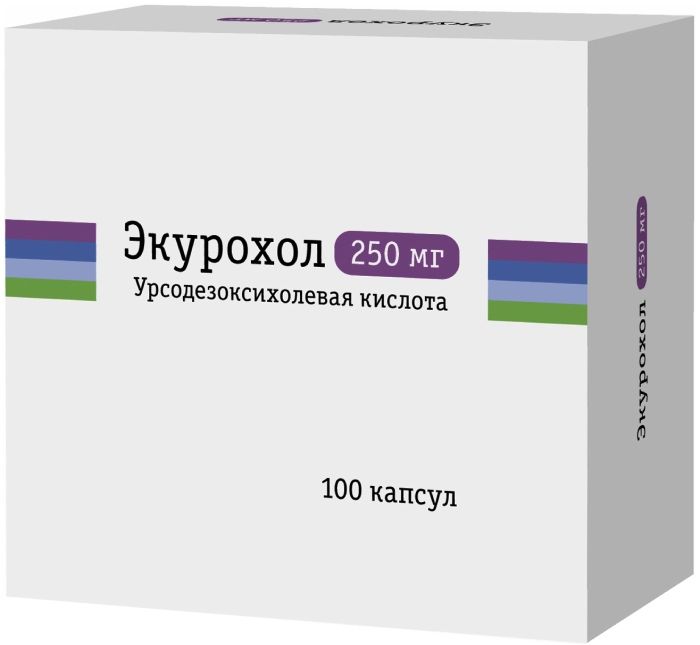
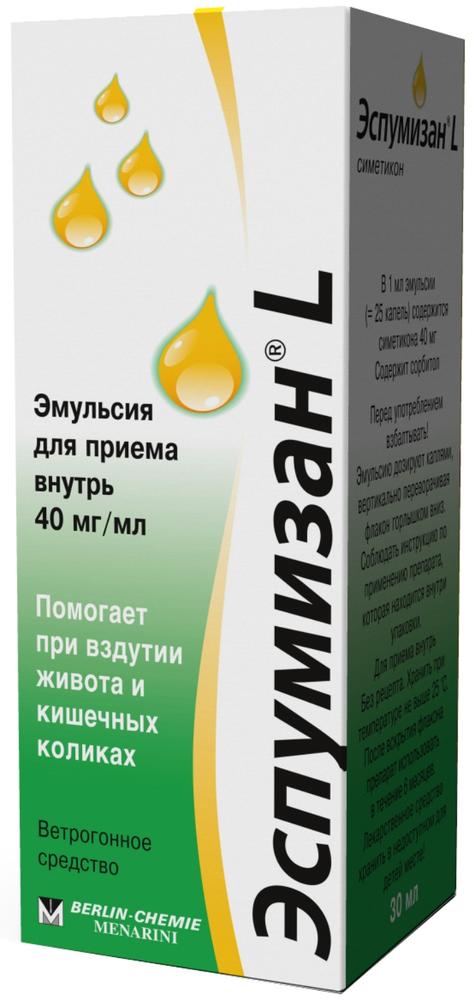
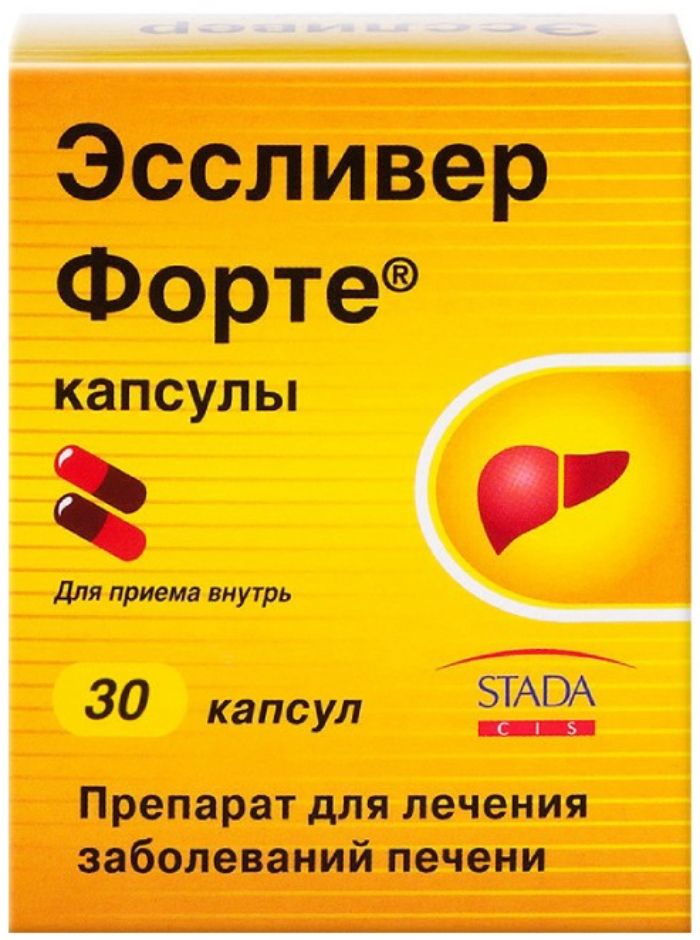
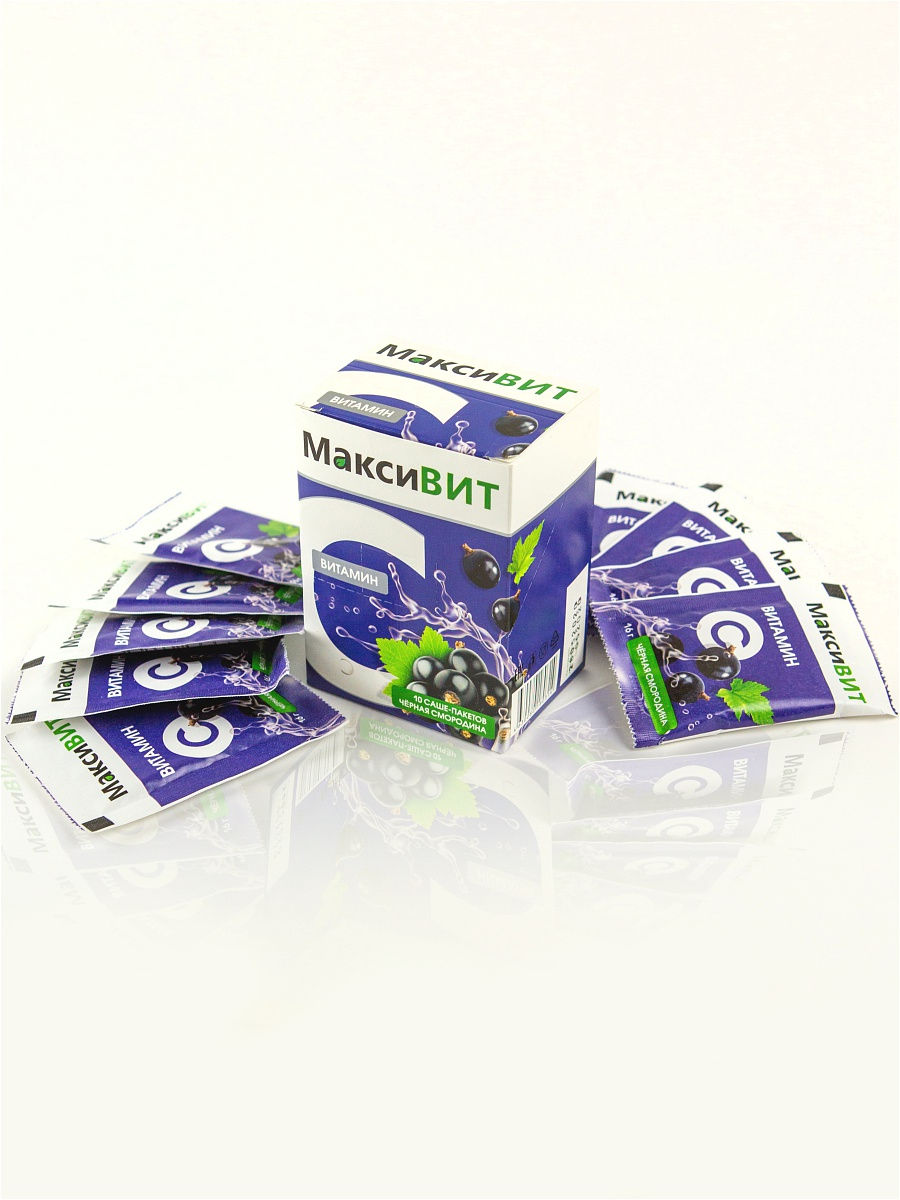
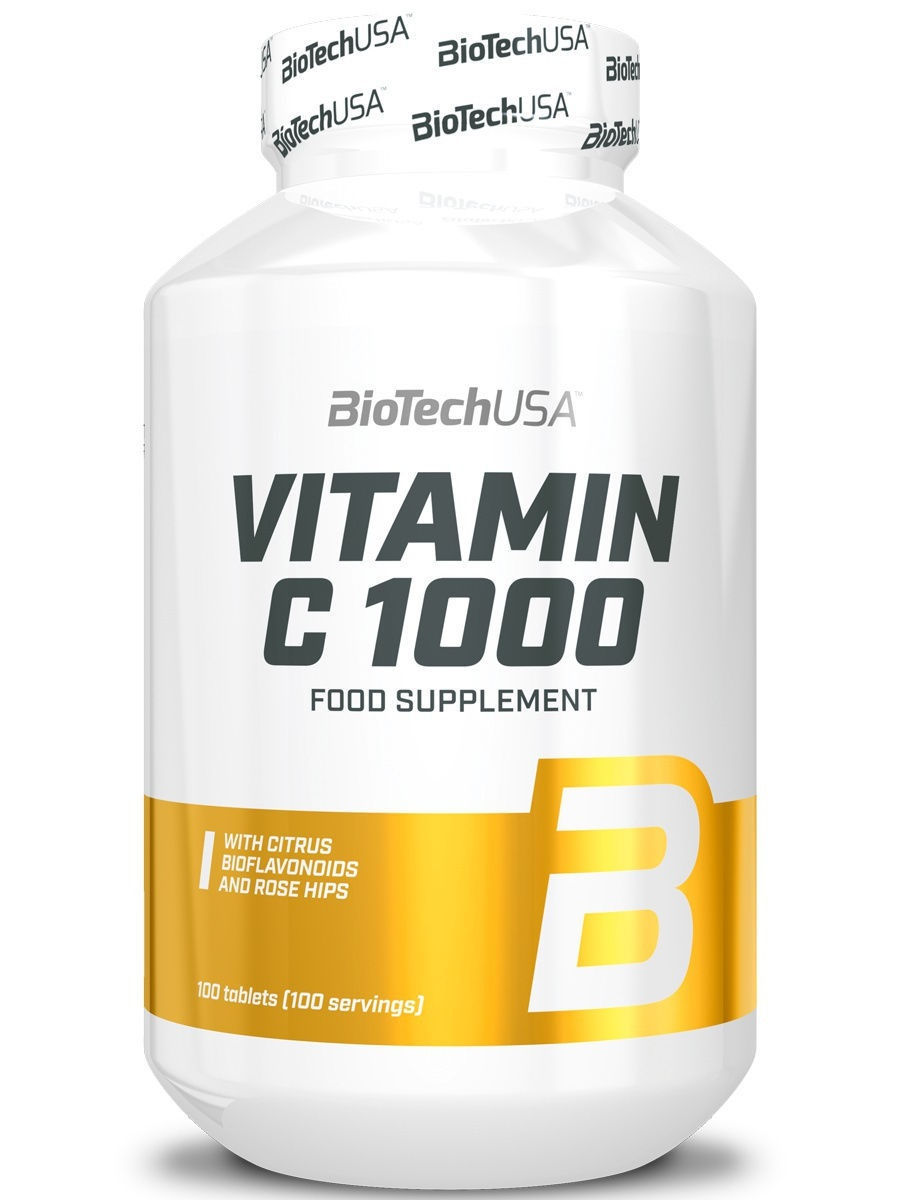


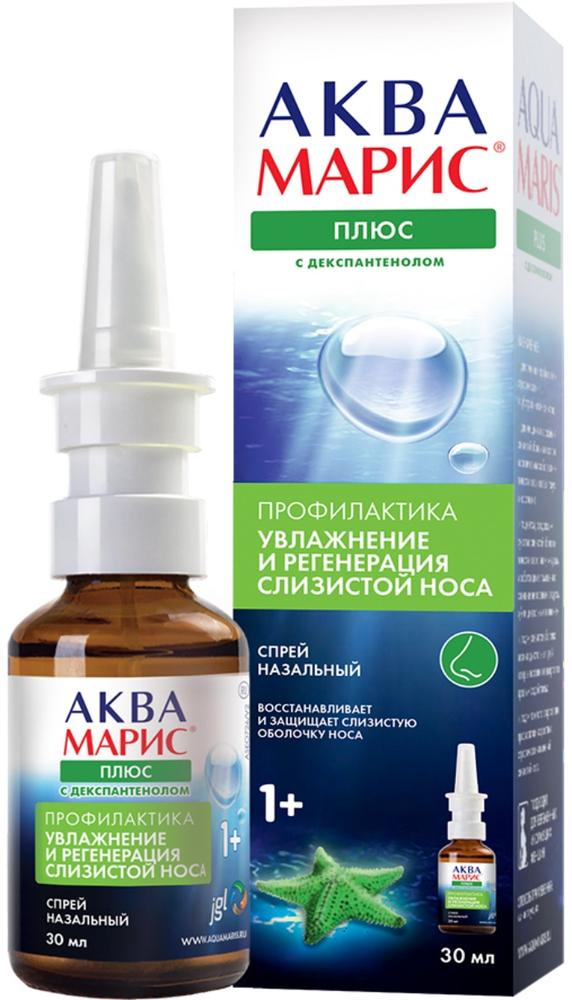
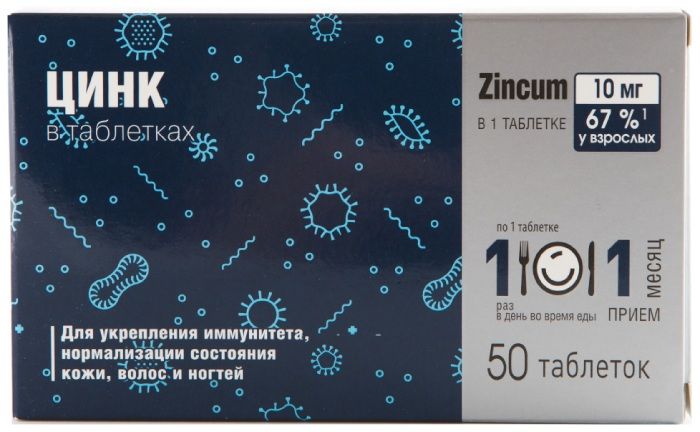




There are no reviews yet.